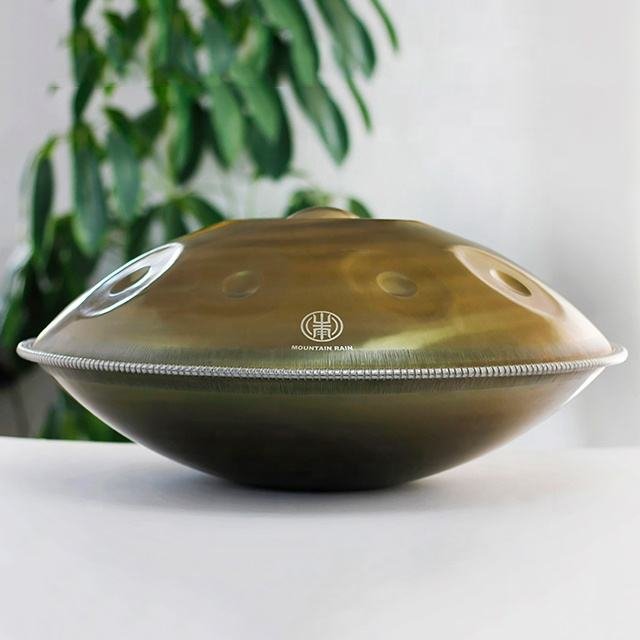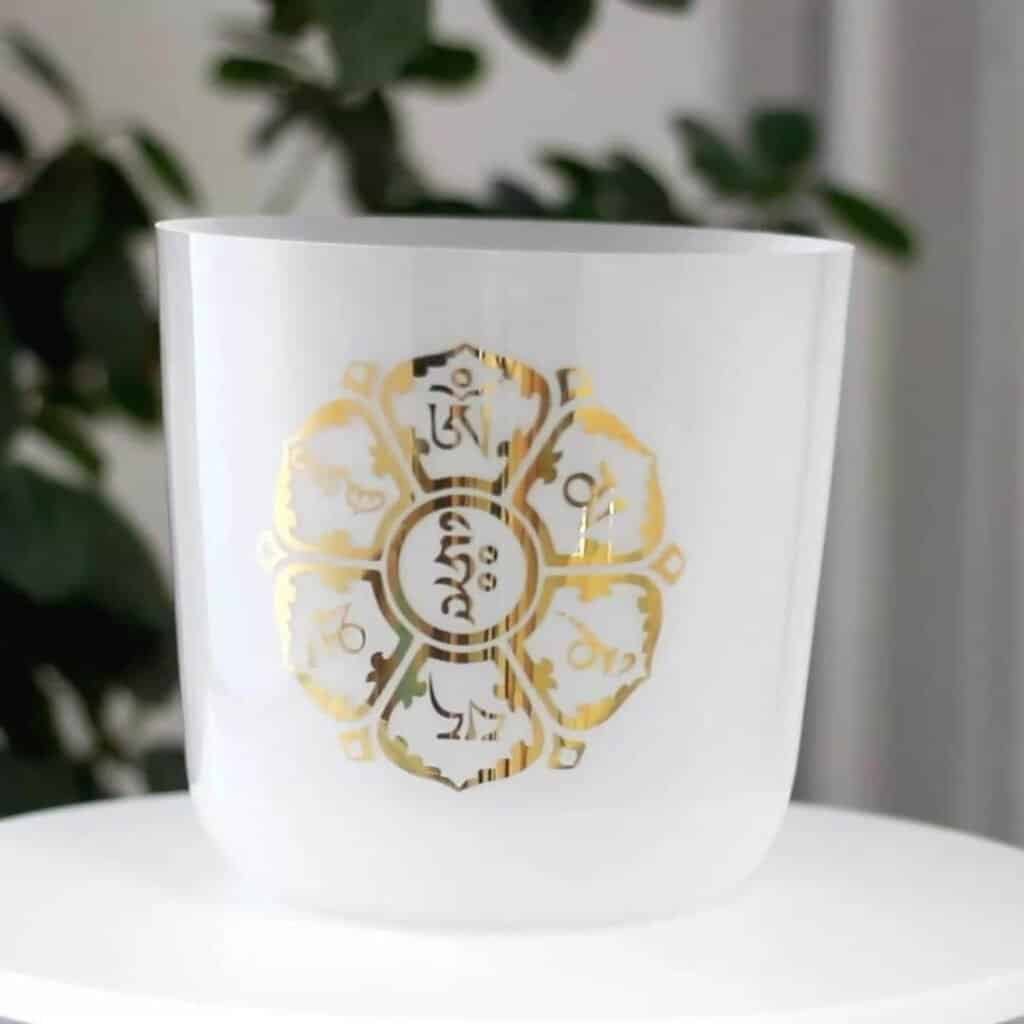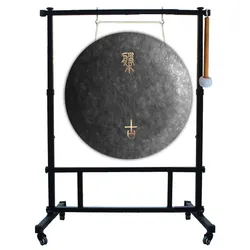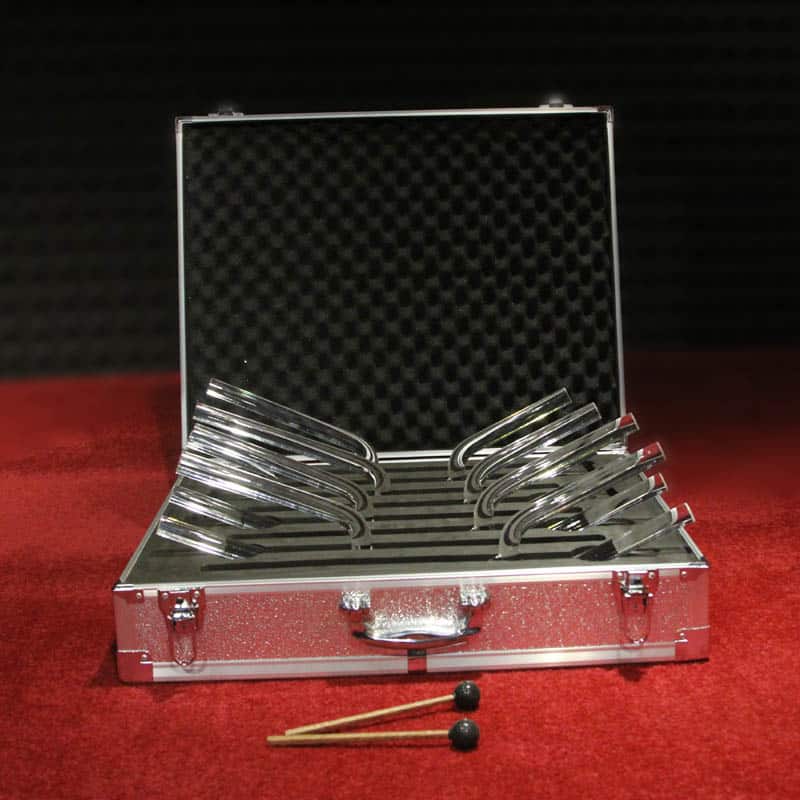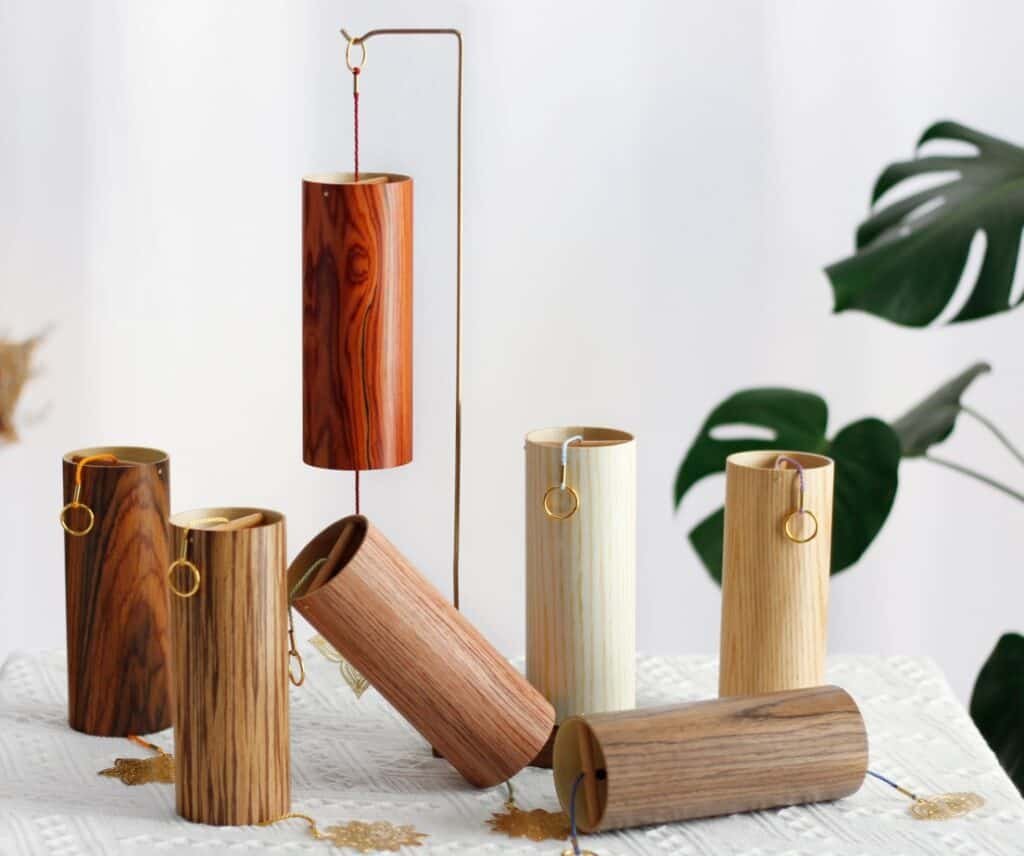Overview of Singing Bowls: Origins and Types
Singing bowls, known for their soothing sounds and therapeutic properties, have a rich history that dates back thousands of years. Originating primarily from the Himalayan region, these instruments have been used in various spiritual and healing practices. They are generally classified into two main categories: metal singing bowls and crystal singing bowls. Each type not only serves distinct purposes but also resonates differently, providing unique auditory experiences that cater to diverse needs.Metal singing bowls, often referred to as Tibetan or Himalayan bowls, are traditionally crafted from a blend of metals such as copper, bronze, and brass. These bowls have been used in Buddhist rituals for meditation, chanting, and healing. On the other hand, crystal singing bowls are made from high-purity quartz crystal and have gained popularity in contemporary sound therapy practices. Understanding the origins and classifications of these bowls is essential for anyone interested in sound healing or meditation.
Comparison of Types
Crystal Singing Bowls
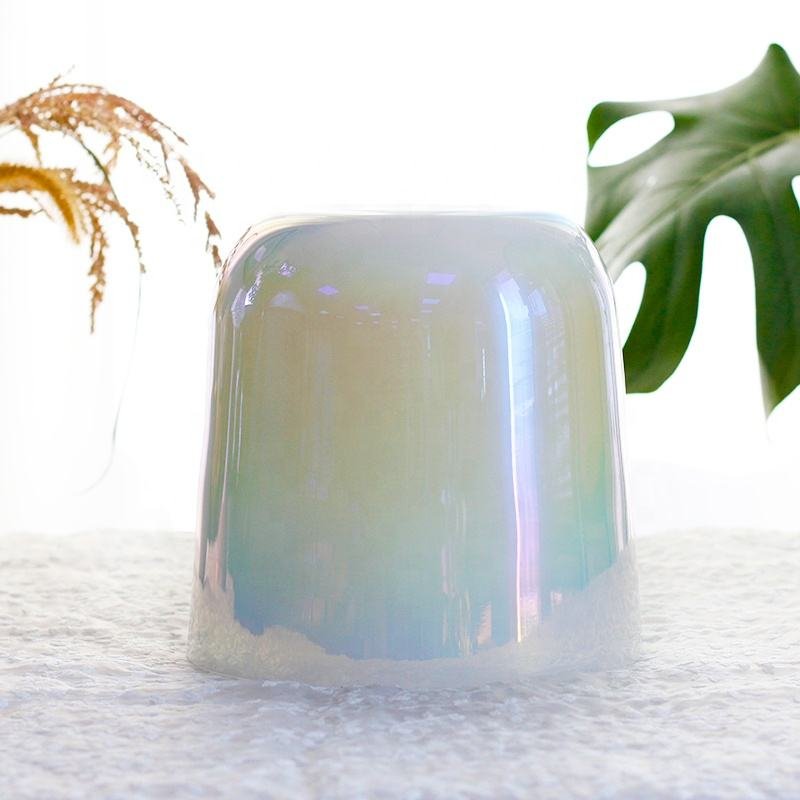
Crystal singing bowls are made from quartz crystal, which is known for its clarity and vibrational properties. They can be further categorized into several types:
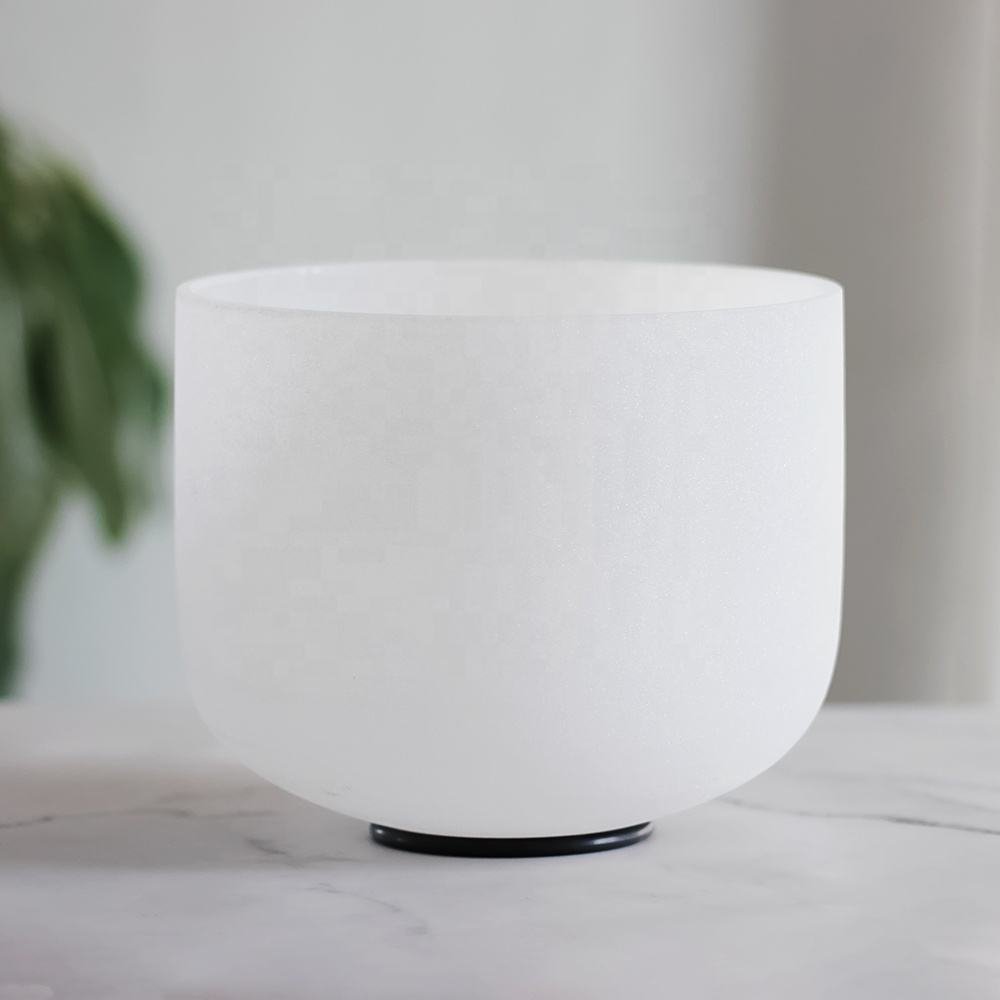
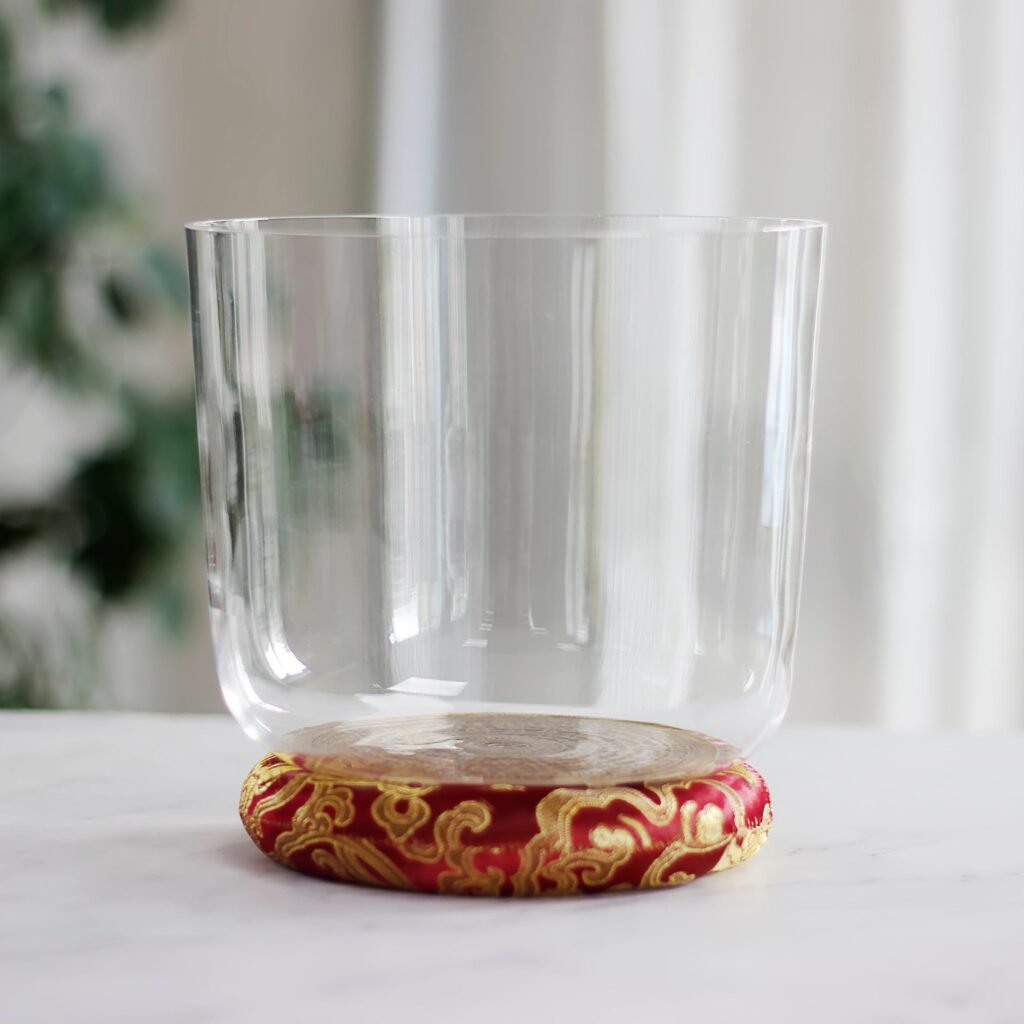

- Frosted Bowls: These bowls have a matte finish that softens the sound, producing a gentle and calming tone.
- Clear Bowls: Known for their purity, clear crystal bowls generate bright, high-pitched sounds that can enhance meditative practices.
- Gemstone-Infused Bowls: These bowls incorporate mineral powders or gemstones fused into the crystal during manufacturing, adding unique vibrational qualities.
- Shape Variations: Crystal singing bowls come in various shapes, including handheld chalice types designed for personal use or more traditional forms.
The manufacturing process of crystal singing bowls involves heating high-purity quartz at extremely high temperatures to create a durable yet resonant instrument. The careful crafting ensures that each bowl has its own distinct sound profile.
Check the difference between frosted and clear singing bowl: https://dorhymi.com/clear-crystal-singing-bowl-vs-gemstone-infusion-singing-bowls/
Check the difference between gemstone and clear singing bowl: https://dorhymi.com/the-ultimate-comparison-clear-crystal-singing-bowl-vs-frosted-crystal-singing-bowl/
Metal Singing Bowls

Metal singing bowls are typically composed of a combination of metals, including:
- Gold: Symbolizes the Sun.
- Silver: Represents the Moon.
- Copper: Embodies Venus.
- Iron: Symbolizes Mars.
- Tin: Signifies Jupiter.
- Lead: Denotes Saturn.
- Mercury (metal): Depicts Mercury.
These metals are often blended in specific ratios to create an alloy that enhances the bowl’s sound quality. The traditional craftsmanship involved in making metal singing bowls includes hammering and shaping techniques passed down through generations. This results in a sturdy instrument capable of withstanding regular use.
Historical Context
The history of singing bowls is deeply intertwined with cultural practices across Asia. Metal singing bowls have been used for centuries in Tibetan Buddhism, where they play a vital role in rituals and meditation. The oldest known examples date back over a thousand years, showcasing their enduring significance.In contrast, crystal singing bowls emerged more recently, gaining traction in Western wellness practices during the late 20th century. Their popularity has surged due to their perceived healing properties and aesthetic appeal. Understanding this historical context enriches our appreciation for both types of singing bowls and their roles in spiritual practices.
Sound Characteristics
The sound produced by each type of bowl is one of the most distinguishing features between metal and crystal singing bowls.
Crystal singing bowls produce pure, clear tones characterized by their ethereal quality. The sound is often described as soothing and calming, making it ideal for meditation and relaxation. When struck or played with a mallet, these bowls create harmonic overtones that enhance the listening experience. The vibrations resonate deeply within the body, promoting relaxation and emotional release.
In contrast, metal singing bowls produce rich, resonant tones with complex overtones. The sound is grounding and can have a more significant physical impact due to its vibrational intensity. Metal bowls are capable of producing multiple harmonic overtones simultaneously, creating an intricate sonic experience that can be both immersive and transformative.The choice between these two types often comes down to personal preference regarding sound quality and intended use during meditation or healing sessions.
Durability Comparison
Durability is another critical factor when comparing metal and crystal singing bowls. Metal singing bowls are renowned for their sturdiness; they can withstand physical impact better than their crystal counterparts. This makes them suitable for regular use without the risk of cracking or breaking. On the other hand, crystal singing bowls require more careful handling due to their fragility. While they can last long with proper care, they are more susceptible to damage if dropped or mishandled. Understanding these differences is essential for users who plan to incorporate these instruments into their daily practices.
Cost Analysis
The cost of singing bowls varies significantly based on materials used, craftsmanship quality, and size. Generally speaking:
- Crystal Singing Bowls: Tend to be more expensive due to the high purity quartz used in their production and the intricate manufacturing processes involved.
- Metal Singing Bowls: While still available at various price points depending on material composition and craftsmanship quality, they often provide a more affordable option compared to high-end crystal bowls.
Size and Weight Variations
Singing bowls come in various sizes and weights, influencing their sound quality and ease of use:
- Smaller Bowls: Typically produce higher pitches and are often preferred for personal meditation practices.
- Larger Bowls: Generate deeper vibrations suitable for group sound healing sessions or therapeutic environments.
Metal singing bowls tend to be heavier than crystal ones due to their dense material composition. This difference can affect portability; while lighter crystal bowls may be easier to handle during travel or transport, they require more care to avoid damage.
Finding the Right Singing Bowl for Your Needs
Choosing between metal and crystal singing bowls ultimately depends on individual preferences regarding sound quality, aesthetic appeal, durability requirements, and intended use during meditation or sound therapy sessions. Here are some factors to consider when selecting your ideal bowl:
- Sound Preference: Determine whether you resonate more with the rich tones of metal or the clear sounds of crystal.
- Intended Use: Consider whether you will primarily use the bowl for personal meditation or group therapy sessions.
- Aesthetic Appeal: Both types offer unique visual qualities—choose one that aligns with your personal taste.
- Durability Needs: If you plan on frequent travel or outdoor use, prioritize durability when selecting your bowl.
Still under consideration? check this https://dorhymi.com/how-to-choose-a-crystal-singing-bowl/
Conclusion
In conclusion, both metal and crystal singing bowls offer unique benefits tailored to different users’ needs. Understanding their origins, characteristics, sound profiles, durability considerations, costs, sizes, and weights will help you make an informed decision when selecting a singing bowl for your practice. Whether you choose a traditional metal bowl steeped in history or a modern crystal bowl renowned for its purity of sound, each instrument has the potential to enhance your meditation experience profoundly.As you embark on your journey with singing bowls—whether you’re using them for relaxation, healing, or spiritual growth—embrace the unique qualities each type offers. By doing so, you will not only enrich your practice but also deepen your connection with these beautiful instruments that have been cherished across cultures for centuries.


